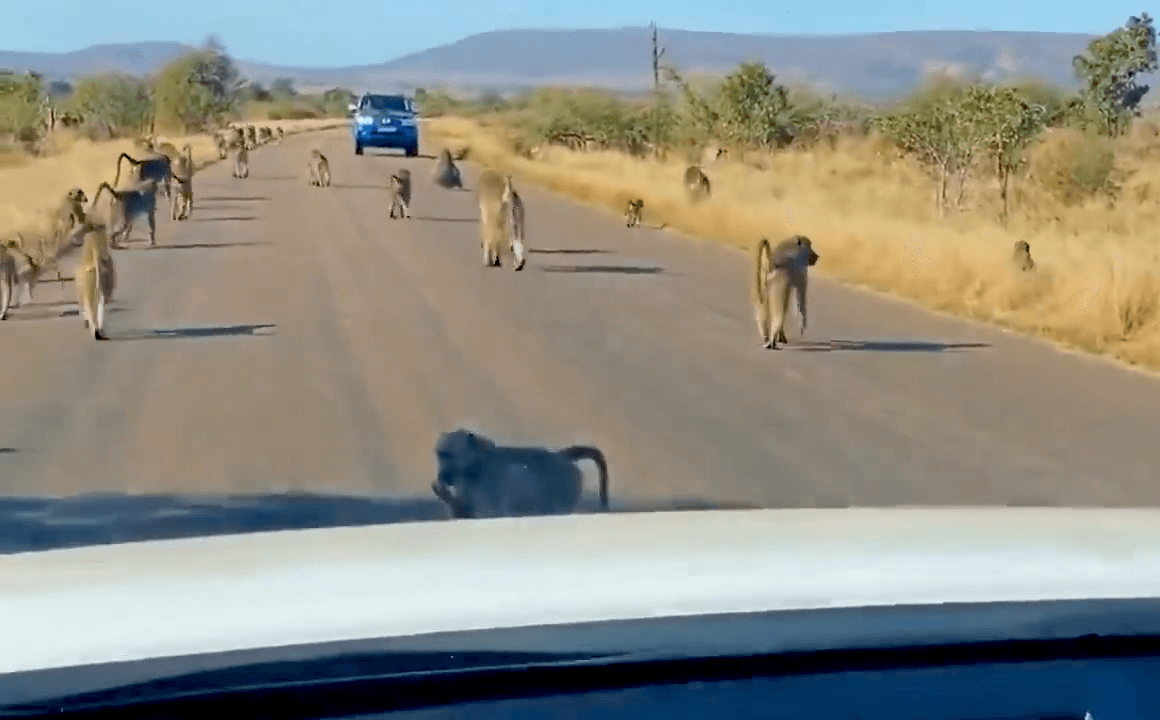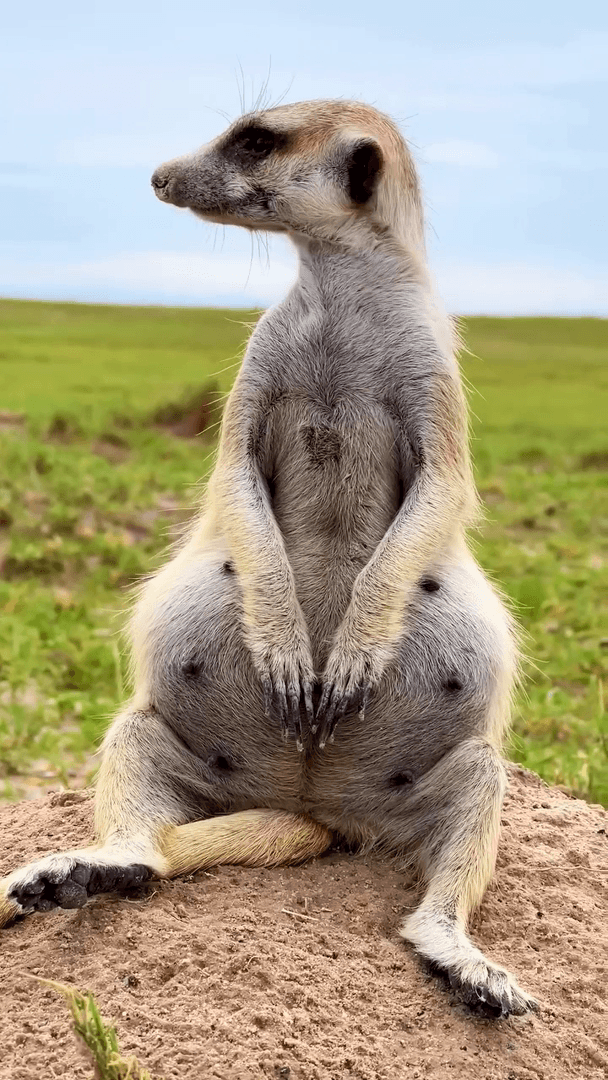
The Real Cost of Hunting in Africa: A No-Nonsense Guide Why Hunting in Africa is Expensive? Before diving into specific costs, it's crucial to understand the underlying reasons for the expense: Conservation Efforts: A significant portion of hunting fees directly funds conservation programs. Trophy hunting, when managed sustainably, can contribute to anti-poaching efforts, habitat preservation, and community development. Professional Guiding and Outfitting: You're not just paying for a hunt; you're paying for the expertise of experienced Professional Hunters (PHs), trackers, skinners, and support staff. Their knowledge is vital for a safe and successful hunt. Infrastructure and Logistics: Operating in remote areas of Africa necessitates substantial infrastructure, including vehicles, camps, equipment, and communication systems. Demand: The demand for hunting certain species, particularly those considered "dangerous game," drives up prices. Key Cost Components The overall cost
Post: 19 February 19:45














































